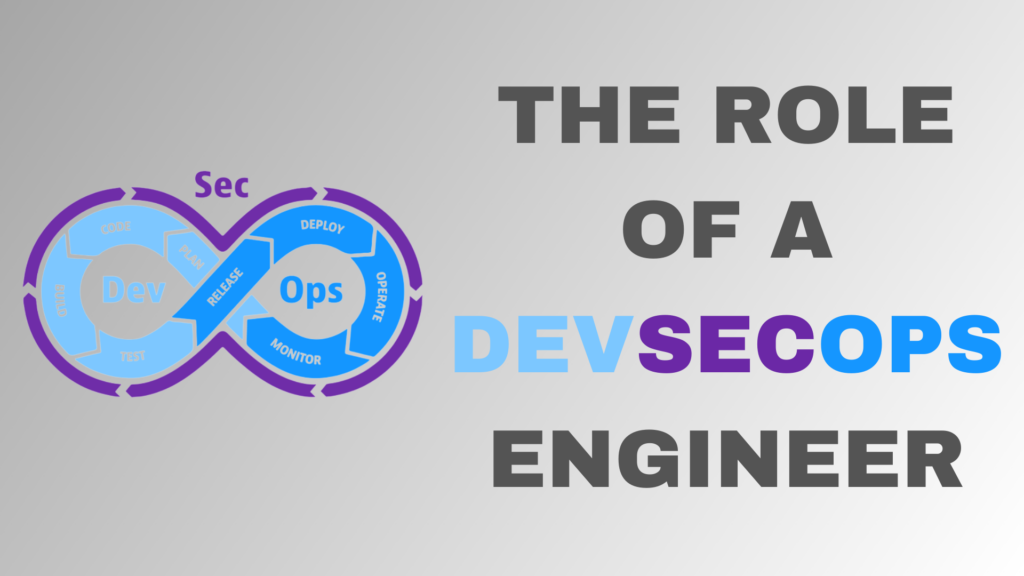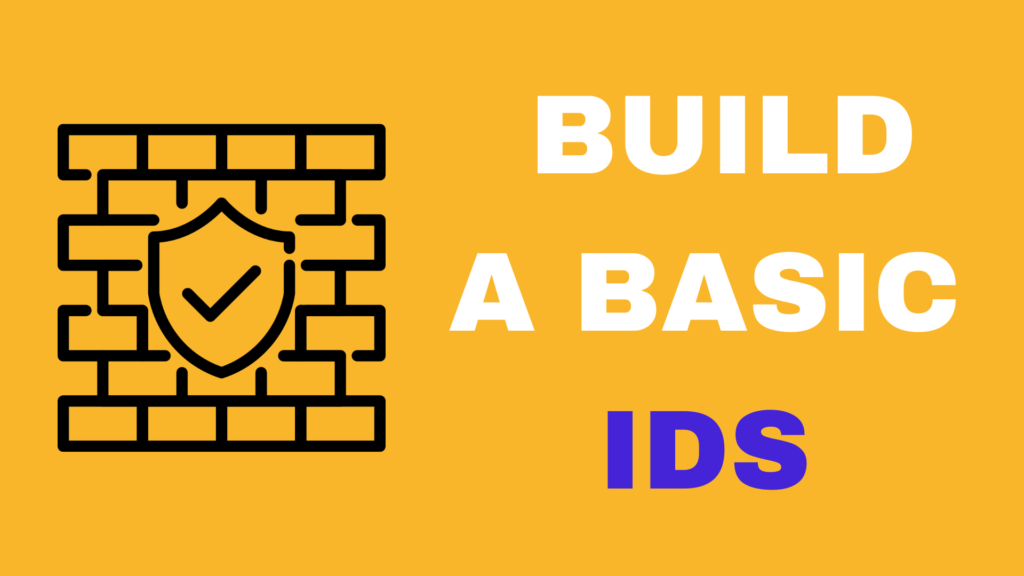Cloud security is becoming increasingly important as more and more organizations move their data and applications to the cloud. The benefits of cloud computing, such as cost savings and scalability, are well-known, but many companies are hesitant to move to the cloud due to concerns about security. In this article, we will discuss the steps you can take to get started in cloud security and protect your organization’s data and applications in the cloud.
1. Understand the shared responsibility model
2. Identify and classify your data
3. Implement access controls
Another important step in cloud security is implementing access controls. This includes controlling who has access to your data and applications, as well as what actions they can perform. For example, you may want to allow some users to read data but not write to it, while other users may have more restricted access. By implementing access controls, you can ensure that only authorized individuals have access to your data and applications. Additionally, implementing two-factor authentication, using unique usernames and password, using roles and permissions, monitoring and audit of user activity, can be effective in preventing unauthorized access.
4. Use encryption
Encryption is a critical component of cloud security. It is a technique of encoding data so that only authorized individuals can read it. By encrypting your data, you can ensure that it remains secure even if it falls into the wrong hands. Not only data at rest should be encrypted, but also data in transit and data stored with cloud services providers. Furthermore, it is important to have proper encryption keys management, rotation, and access control.
5. Continuously monitor and assess security
Once you have implemented security measures, it is important to continuously monitor and assess your security posture. This includes reviewing logs and alerts, as well as conducting regular security assessments. By monitoring your security posture, you can identify and address potential threats before they can cause damage. Additionally, implementing security automation and orchestration, can help in this area, reducing the workload and potential human errors.
6. Develop incident response plan
Developing a incident response plan is a crucial part of the cloud security. This is a step-by-step plan of what to do in the event of a security breach. It includes identifying the scope of the incident, containing the problem, eliminating the threat, and recovering from the incident. By having an incident response plan in place, you can minimize the damage caused by a security breach. Furthermore, practicing incident response scenarios through regular drills and tabletop exercises can help ensure that your incident response plan is effective and that all members of your organization know what to do in the event of a security breach.
7. Compliance
Many industries, like healthcare and finance, are subject to strict regulatory requirements and compliance standards, such as HIPAA, PCI-DSS, or SOC2. It is important to ensure that your cloud security strategy is aligned with the relevant compliance standards. This includes evaluating your cloud service providers against industry standards and best practices, such as SOC2 or ISO 27001, and assessing your own security controls to ensure that you are in compliance with regulatory requirements.
8. Keep Up-To-date with the latest security best practices and technologies
As with any technology, security threats and best practices are constantly evolving. It is important to stay up-to-date with the latest security best practices and technologies in order to ensure that your organization’s data and applications are protected. This includes regularly reviewing your security strategy and controls, subscribing to security newsletters and publications, and attending security conferences and events.
9. Implement a robust Governance, Risk, and Compliance framework
To ensure a robust cloud security, implementing a Governance, Risk, and Compliance (GRC) framework can help you to identify and manage security risks, ensure compliance with relevant laws and regulations and provide a systematic approach to the management of cloud security. The GRC framework should be tailored to your organization’s specific needs, and it should include the following components:
Governance: A set of policies, procedures and standards that outline the objectives, roles and responsibilities, and processes for managing cloud security.
Risk management: A set of practices and procedures for identifying, assessing, and mitigating security risks.
Compliance management: A set of procedures for ensuring compliance with relevant laws and regulations, and ensuring that the organization’s security controls are in line with industry standards and best practices.
10. Partner with a managed security services provider
Managed Security Services Providers (MSSPs) specialize in providing security-related services, such as cloud security, to organizations of all sizes. Partnering with an MSSP can help your organization to achieve and maintain a robust security posture, by providing you with expert knowledge and experience, as well as access to cutting-edge technologies and best practices. Additionally, MSSPs can help you to manage and respond to security incidents, as well as provide compliance and regulatory support.
In conclusion, cloud security is a complex and ever-evolving field that requires a multi-faceted approach to protect your organization’s data and applications. By understanding the shared responsibility model, identifying and classifying your data, implementing access controls, using encryption, continuously monitoring and assessing security, developing an incident response plan, ensuring compliance, keeping up-to-date with the latest security best practices and technologies, implementing a GRC framework, and partnering with a managed security services provider, you can help ensure that your organization’s data and applications are protected in the cloud. Remember that cloud security is a continuous process, and it is important to stay vigilant and adapt to changes in the threat landscape.
TL;DR
- Understand the shared responsibility model in cloud computing
- Identify and classify your data according to regulatory requirements
- Implement access controls, including two-factor authentication, unique usernames and passwords, roles and permissions and monitoring/auditing of user activity
- Use encryption for data at rest, in transit, and stored with cloud service providers
- Continuously monitor and assess security through logs, alerts, and regular security assessments
- Develop an incident response plan, practice incident response scenarios, and regular drills and tabletop exercises
- Ensure compliance with regulatory requirements and industry standards
- Keep up-to-date with the latest security best practices and technologies
- Implement a robust Governance, Risk, and Compliance framework
- Partner with a managed security services provider to gain expert knowledge and access to cutting-edge technologies and best practices


